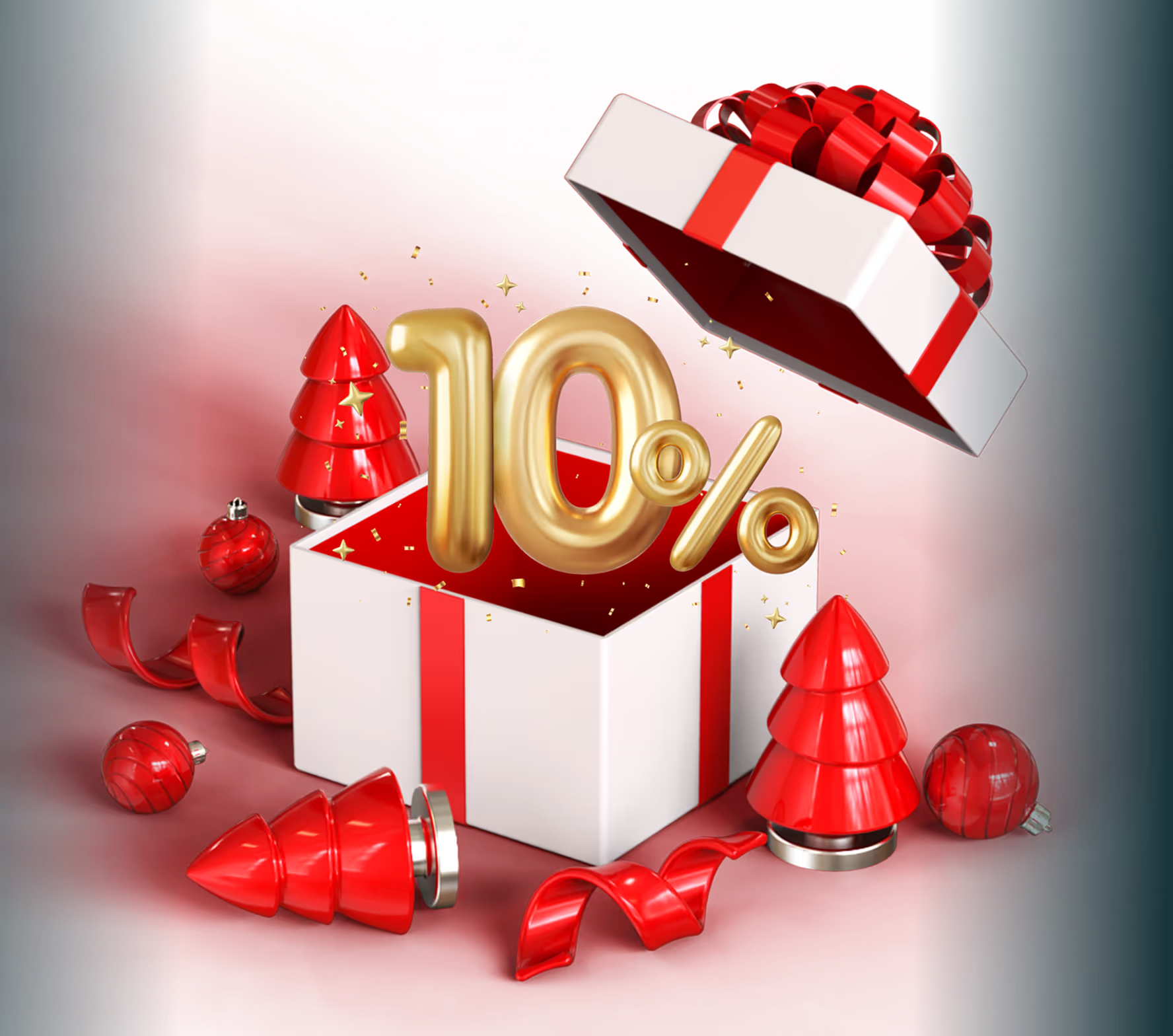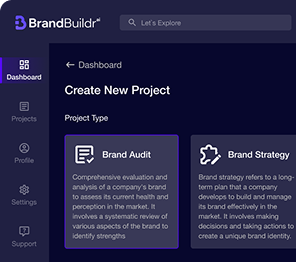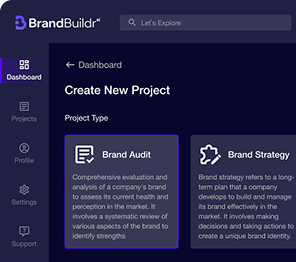In today’s fast-paced digital world, the ability to develop, deploy, and deliver software quickly and efficiently is paramount. To achieve this, many organizations are adopting DevOps — a set of practices that combines software development (Dev) and IT operations (Ops). At its core, DevOps is not just about tools and processes; it's a cultural shift that emphasizes collaboration and communication across traditionally siloed teams. This article explores the essence of DevOps culture and how it fosters collaboration and communication, ultimately leading to improved efficiency and innovation.

The Essence of DevOps Culture
DevOps culture is built on a foundation of shared values, practices, and goals that align the efforts of development and operations teams. Unlike traditional models where these teams work in isolation, DevOps encourages a unified approach to software delivery. This cultural shift is underpinned by several key principles:
- Collaboration: Breaking down silos and fostering a collaborative environment where development and operations teams work together towards common goals.
- Communication: Ensuring continuous, open, and transparent communication between all stakeholders involved in the software delivery process.
- Automation: Leveraging tools and practices to automate repetitive tasks, reduce human error, and speed up processes.
- Continuous Improvement: Emphasizing a mindset of learning, feedback, and constant improvement.
Fostering Collaboration
Breaking Down Silos
One of the biggest challenges in traditional IT organizations is the presence of silos—development and operations teams working in isolation with little to no interaction. This often leads to misunderstandings, delays, and a lack of accountability. DevOps aims to break down these silos by encouraging cross-functional teams that include members from both development and operations.
Shared Goals and Responsibilities
In a DevOps culture, both development and operations teams share common goals, such as faster time-to-market, improved software quality, and enhanced user experience. This shared responsibility fosters a sense of ownership and accountability among team members, as everyone is working towards the same objectives.
Cross-Functional Teams
By forming cross-functional teams, organizations can ensure that all necessary skills and perspectives are included in the software delivery process. These teams typically consist of developers, operations engineers, quality assurance (QA) professionals, and other relevant stakeholders. This diverse mix of expertise facilitates better decision-making, faster problem-solving, and more innovative solutions.
Collaborative Tools and Practices
To enable effective collaboration, DevOps teams rely on a variety of tools and practices. Version control systems like Git, continuous integration/continuous deployment (CI/CD) pipelines, and automated testing frameworks are just a few examples of tools that facilitate collaboration. Practices such as pair programming, code reviews, and blameless post-mortems also contribute to a collaborative culture by promoting knowledge sharing and continuous learning.
Enhancing Communication
Continuous Feedback Loops
One of the cornerstones of DevOps is the establishment of continuous feedback loops. These loops enable teams to receive real-time feedback on the performance, functionality, and security of their software. By incorporating feedback at every stage of the software development lifecycle, teams can identify and address issues early, leading to faster and more reliable releases.
Transparent Communication Channels
Effective communication is crucial for the success of any DevOps initiative. Organizations must establish transparent communication channels that facilitate open dialogue between all team members. Tools like Slack, Microsoft Teams, and Jira can help streamline communication and ensure that everyone is on the same page. Regular stand-up meetings, retrospectives, and review sessions also play a vital role in maintaining open lines of communication.
Documentation and Knowledge Sharing
In a DevOps culture, documentation and knowledge sharing are essential practices. Detailed documentation ensures that all team members have access to the information they need to perform their tasks effectively. Wikis, knowledge bases, and internal blogs can serve as valuable resources for sharing best practices, troubleshooting guides, and other relevant information. Encouraging team members to contribute to these resources fosters a culture of continuous learning and improvement.
Aligning Business and IT Goals
To achieve optimal results, it's important for DevOps teams to align their efforts with the overall business objectives. This alignment ensures that the software being developed meets the needs of the organization and its customers. Regular communication with business stakeholders, product owners, and other key players helps ensure that everyone is working towards the same strategic goals.

The Role of Automation
Streamlining Processes
Automation plays a critical role in the DevOps culture by streamlining repetitive and time-consuming tasks. By automating processes such as code integration, testing, deployment, and monitoring, teams can reduce human error, increase efficiency, and focus on more strategic activities. Automation tools like Jenkins, Docker, and Kubernetes are commonly used in DevOps environments to facilitate these processes.
Continuous Integration and Continuous Deployment (CI/CD)
CI/CD is a fundamental practice in DevOps that involves integrating code changes frequently and deploying them automatically. This practice allows teams to detect and address issues early, ensuring that software is always in a releasable state. CI/CD pipelines automate the build, test, and deployment processes, enabling faster and more reliable releases.
Infrastructure as Code (IaC)
Infrastructure as Code (IaC) is another key practice in DevOps that involves managing and provisioning infrastructure using code. IaC tools like Terraform, Ansible, and Puppet allow teams to define their infrastructure in a declarative manner, ensuring consistency and reproducibility. By treating infrastructure as code, teams can automate the provisioning and management of resources, reducing the risk of configuration drift and improving overall efficiency.
Continuous Improvement
Embracing a Learning Culture
A DevOps culture is inherently focused on continuous improvement. Organizations that adopt DevOps embrace a learning culture where team members are encouraged to experiment, take risks, and learn from their mistakes. Blameless post-mortems, retrospectives, and continuous feedback loops help teams identify areas for improvement and implement changes iteratively.
Measuring Success
To drive continuous improvement, it's important to measure the success of DevOps initiatives. Key performance indicators (KPIs) such as deployment frequency, lead time for changes, mean time to recovery (MTTR), and change failure rate can provide valuable insights into the effectiveness of DevOps practices. By tracking these metrics, teams can identify trends, pinpoint areas for improvement, and make data-driven decisions.
Adapting to Change
In a DevOps culture, teams must be adaptable and open to change. The technology landscape is constantly evolving, and organizations need to stay ahead of the curve to remain competitive. This requires a willingness to adopt new tools, practices, and methodologies as they emerge. Continuous learning and professional development opportunities, such as training programs, certifications, and conferences, can help team members stay current with industry trends and best practices.
DevOps culture transforms the way teams work by breaking down silos, enhancing collaboration, and fostering a mindset of continuous improvement and innovation.

Conclusion
DevOps culture is a transformative approach that emphasizes collaboration and communication across teams to deliver high-quality software quickly and efficiently. By breaking down silos, fostering a collaborative environment, and leveraging automation, organizations can achieve faster time-to-market, improved software quality, and enhanced user experiences. Continuous improvement and a focus on learning are integral to the success of DevOps initiatives, ensuring that teams remain adaptable and responsive to change. As more organizations recognize the benefits of DevOps culture, it will continue to play a crucial role in driving innovation and achieving business success in the digital age.
FAQ
What is DevOps culture?
DevOps culture is a mindset that promotes collaboration, shared responsibility, and continuous improvement between development, operations, and other stakeholders. It focuses on breaking down silos to deliver value faster and more reliably.
Why is collaboration essential in a DevOps culture?
Collaboration improves communication, reduces handoff delays, and enables faster problem-solving. When teams work together, issues are identified earlier and resolved more efficiently.
How does DevOps culture improve communication across teams?
DevOps encourages transparency through shared tools, common metrics, and frequent feedback loops. Practices like daily stand-ups, retrospectives, and cross-functional planning strengthen communication.
What role does leadership play in establishing DevOps culture?
Leadership sets expectations by supporting collaboration, empowering teams, and investing in training and automation. Strong leadership helps create trust and drives cultural change.
Which practices support collaboration in DevOps environments?
Practices such as CI/CD, shared ownership of deployments, automated monitoring, and incident postmortems encourage teamwork and accountability across roles.
How can organizations measure the success of a DevOps culture?
Success can be measured through faster delivery times, improved system reliability, reduced incident recovery time, and higher team satisfaction and engagement.
Heading 1
Heading 2
Heading 3
Heading 4
Heading 5
Heading 6
Lorem ipsum dolor sit amet, consectetur adipiscing elit, sed do eiusmod tempor incididunt ut labore et dolore magna aliqua. Ut enim ad minim veniam, quis nostrud exercitation ullamco laboris nisi ut aliquip ex ea commodo consequat. Duis aute irure dolor in reprehenderit in voluptate velit esse cillum dolore eu fugiat nulla pariatur.
Block quote
Ordered list
- Item 1
- Item 2
- Item 3
Unordered list
- Item A
- Item B
- Item C
Bold text
Emphasis
Superscript
Subscript





















.avif)



.avif)

.avif)


